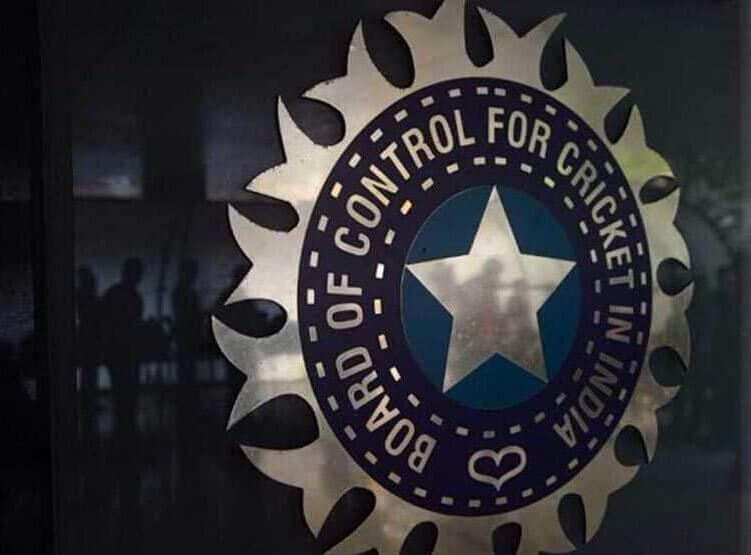The BCCI’s new women’s central contracts for 2024-25 bring exciting changes, including surprising inclusions and a shift in the team’s dynamic. Discover the key players, the impact on emerging talent, and what this means for the future of Indian women’s cricket.
BCCI Unveils 2024-25 Women’s Cricket Central Contracts: Surprises, Shifts, and the Future of Indian Women’s Cricket
A New Era Dawns for Indian Women’s Cricket
The Board of Control for Cricket in India (BCCI) recently announced its central contracts for the 2024-25 women’s cricket season, sparking considerable discussion among fans and experts alike.
This year’s list reveals a fascinating blend of established stars and exciting new talent, showcasing a clear shift in the dynamics of Indian women’s cricket. The decisions made by the selectors provide valuable insights into the BCCI’s strategic vision for the future of the national team.
Amanjot Kaur: A Rising Star’s Triumphant Return
Perhaps the most notable surprise is the inclusion of all-rounder Amanjot Kaur. Despite a period away from the national team, her outstanding performance in the Women’s Premier League (WPL), culminating in her being named Emerging Player of the Season, has earned her a central contract.
This bold move demonstrates the BCCI’s commitment to identifying and nurturing emerging talent, even if it means taking calculated risks. Amanjot’s inclusion signifies a broader shift towards recognizing talent from various avenues, not just established national-team players.
Grade C: A Boost for Emerging Talent
The significant number of promising players placed in Grade C further underscores this focus on the future. Players like Titas Sadhu, Arundhati Reddy, Uma Chetry, and Shreyanka Patil—representing a range of crucial roles—have all been awarded contracts.
This strategic investment shows the BCCI’s commitment to identifying and supporting the next generation of Indian women cricketers.
Notable Omissions and Selection Criteria Scrutiny
While the emphasis on emerging talent is commendable, the absence of several experienced players, such as Meghna Singh, Devika Vaidya, S Meghana, Anjali Sarvani, and Harleen Deol, raises important questions.
The omission of players with recent successes, including Harleen Deol’s maiden ODI century, highlights the complexities of the selection criteria. Greater transparency regarding these decisions would be beneficial in building trust and fostering a positive environment within the team.
Grade A: Stability at the Top
No changes were made to the top-tier Grade A contracts, with Harmanpreet Kaur, Smriti Mandhana, and Deepti Sharma retaining their positions. This consistency is vital for maintaining strong leadership and a stable core within the team. Their continued success justifies their high-level compensation.
Grade B: A Reflection of Performance
The notable absence of Rajeshwari Gayakwad from Grade B signals a potential shift in the selectors’ priorities. Her reduced appearances in recent national team matches seem to reflect a decline in performance or a change in team strategy.
The reduction in the number of Grade B contracts further emphasizes the performance-based nature of the system.
Financial Implications and the Path Forward
The central contract system plays a crucial role in the financial security and professional development of these talented athletes. While the significant financial rewards in Grade A attract and retain top talent, the investments in lower grades ensure the continued growth of future stars.
However, greater transparency in the decision-making process is essential for building trust and motivating players to consistently deliver exceptional performances.
Conclusion: A Vision for the Future
The 2024-25 BCCI women’s central contracts demonstrate a strategic blend of rewarding established players and nurturing emerging talent. While the inclusion of players like Amanjot Kaur represents a positive step forward, the absence of certain experienced players necessitates a more transparent and inclusive selection process.
The future success of Indian women’s cricket hinges on the BCCI’s ability to refine its selection criteria, foster a culture of trust, and provide clear pathways for growth within the team.
Reference: WCric


